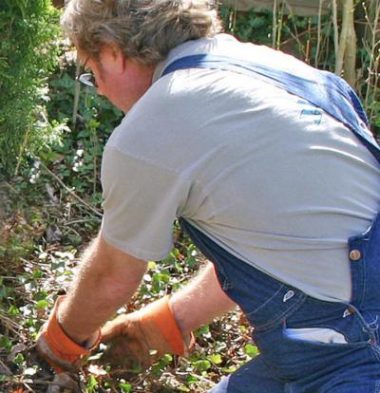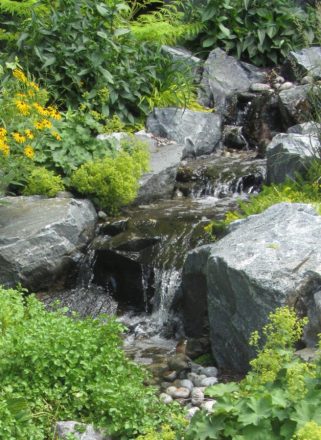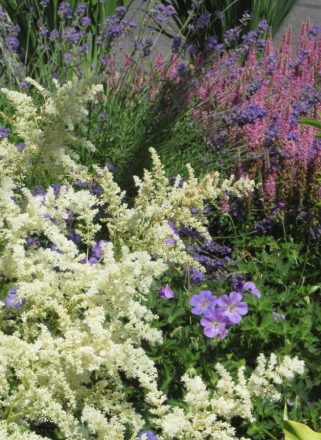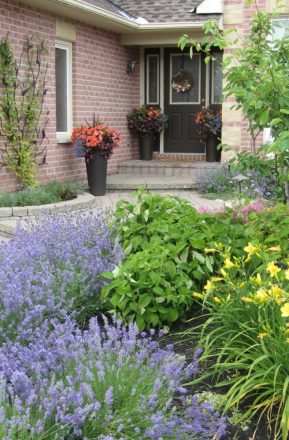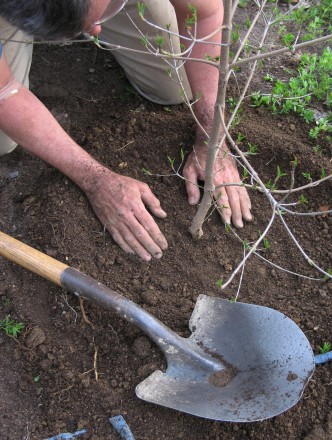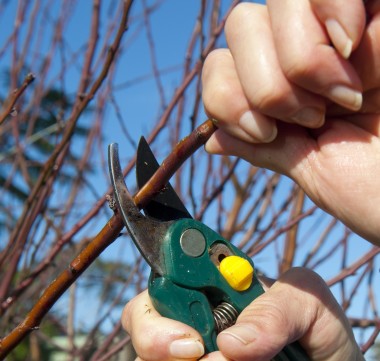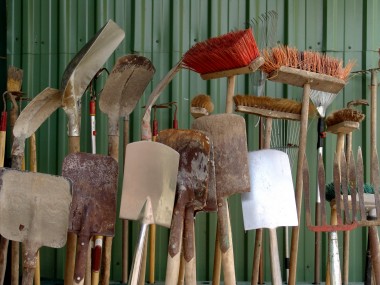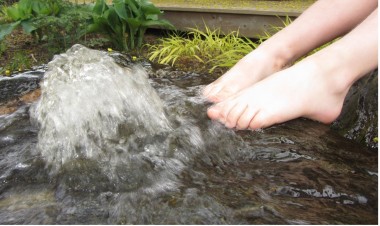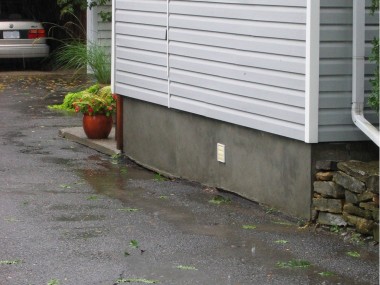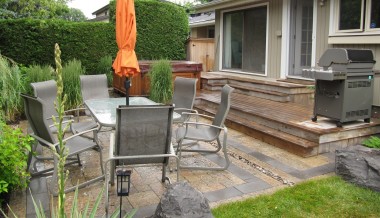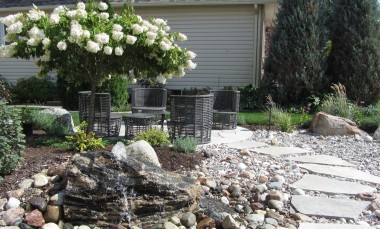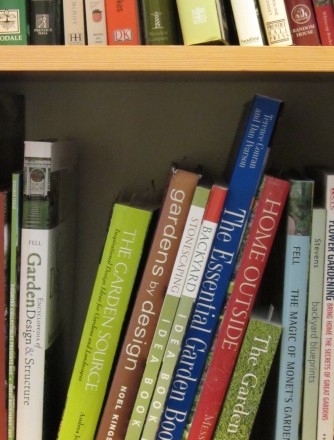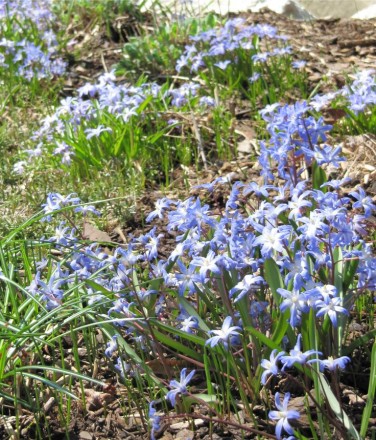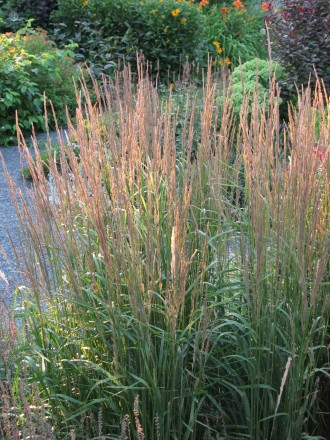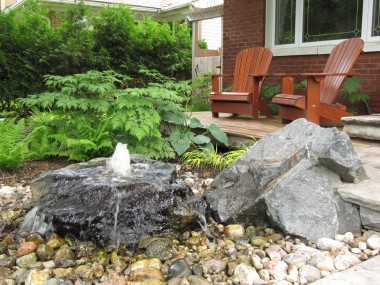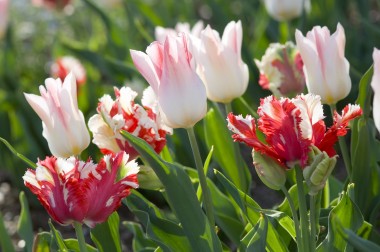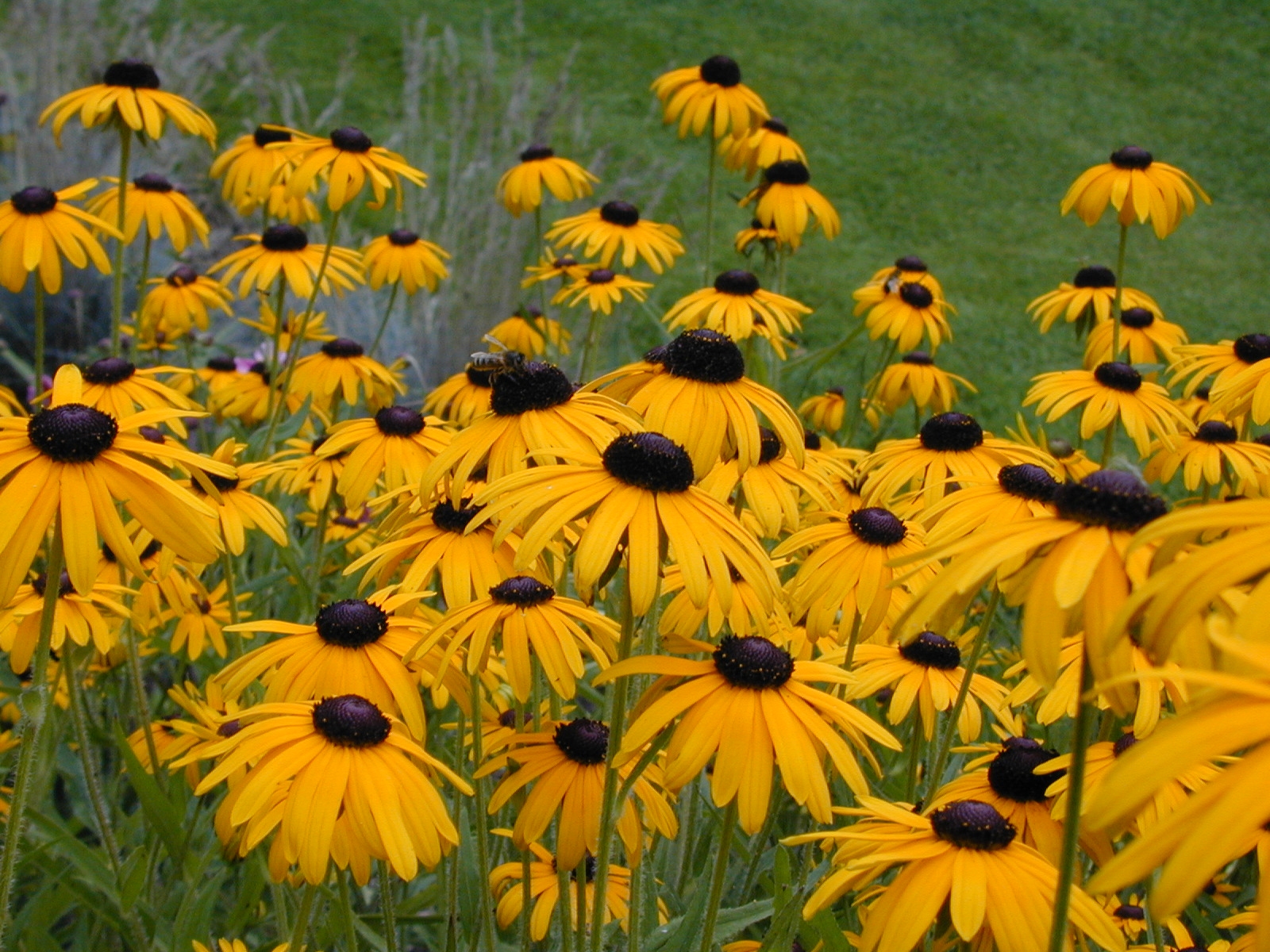 There is no doubt that the bright colours of annual flowers make a big splash in the garden, but the enduring presence of perennial plants has gained quite a following among gardeners — and their popularity rises each year.
There is no doubt that the bright colours of annual flowers make a big splash in the garden, but the enduring presence of perennial plants has gained quite a following among gardeners — and their popularity rises each year.
Perennial plants differ from annuals in that they die back to the ground in winter and reappear each spring. They are also different in the way they flower: while annuals will bloom all summer long, perennial plants only flower for a two or three week period. The trick with planning a perennial border is to select your plants carefully so there are some in flower at any given time during the growing season. There are thousands of plants from which to choose, but each one has its own charm and special features that merit inclusion in a garden.
One of the reasons perennials are so popular is that they can be used anywhere in the garden, and in combination with any type of plant. Strictly speaking, a perennial border contains only perennials, but mixed borders where perennials are planted among deciduous and evergreen shrubs and annuals are arguably the most rapidly growing style of gardening.
When first buying perennials, keep to only a couple of colours for simplicity. Some combinations that work well are: red and yellow, blue and white, pink and lavender, and orange and blue. The colour of the foliage is important too. Around plants with mostly green or dark green leaves choose pink, yellow or red flowers to liven it up. A bed with bright green foliage looks best with cool colours such as mauve, blue, pale pink or white flowers.
In smaller gardens choose plants with smaller, fine leaves such as thrift (Armeria maritima), clove pink (Dianthus deltoides), or snow-in-summer (Cerastium tomentosum). The larger, coarsely textured plants such as tall bearded iris (Iris germanica), peony (Paeonia sp.) or phlox (Phlox paniculata) look better in a garden with more room.
Easy to grow, old standbys include daylilies (Hemerocalis hybrids.), black-eyed Susan (Rudbeckia fulgida), plantain lily (Hosta hybrids), bellflower (Campanula carpatica) and phlox(Phlox paniculata).
Are perennials much work?
While most perennials can’t be considered low maintenance plants, they aren’t really high maintenance plants either. Rather, they benefit from time spent ‘puttering’ in the garden. At various times perennials require fertilizing, mulching, deadheading, dividing and tall ones need staking.
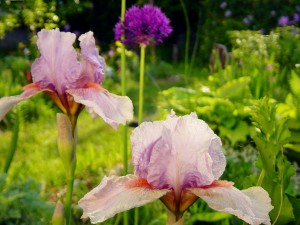 Spreading mulch around perennials serves several purposes, mulches help the soil retain moisture, they reduce the number of weeds that sprout and organic mulches such as shredded bark, compost or peat moss gradually breaks down over the summer and adds nutrients and organic matter to soil.
Spreading mulch around perennials serves several purposes, mulches help the soil retain moisture, they reduce the number of weeds that sprout and organic mulches such as shredded bark, compost or peat moss gradually breaks down over the summer and adds nutrients and organic matter to soil.
Deadheading means snipping off the finished flowers of plants. With many perennials removing dead blooms will extend the length of time they flower, and with others deadheading redirects plant food to produce a stronger, vigorous perennial that will bloom even better the following year.
Dividing perennials rejuvenates overcrowded plants and provides an opportunity to revitalize the soil. Plants that need dividing have weak, dead centres, don’t bloom as well as they used to and not growing as well as in past years. Some perennials need dividing after three years in the ground, while others will grow well for 10 years before becoming overcrowded. Most plants should be divided in the spring, but spring bloomers can be divided after they have finished flowering. Note: peonies should be divided in September. To divide perennials loosen the soil around the roots of the plant and lift out the entire clump with as much soil as possible. The perennial clump can be separated into two or three sections. If the perennial is large it can be cut with a spade, or use a sharp knife on smaller plants. Discard the weakened centre of the plant and replant the healthy small divisions elsewhere in the garden. Work some peatmoss and bone meal into the soil before planting, and water the plants well.
Providing support for tall plants is termed staking. The support, or stakes should be in place before the plant gets too tall as ideally the stalks and leaves should grow up and through the support and disguise it completely. There are ready-made supports available such as peony rings, or you can push three poles around the plant and circle with strong twine.
While all this sounds like a lot of work, the results are worth the extra effort as nothing rivals the untamed beauty of a flourishing, well-cared for perennial border.
This information is provided by Landscape Ontario Horticultural Trades Association.

